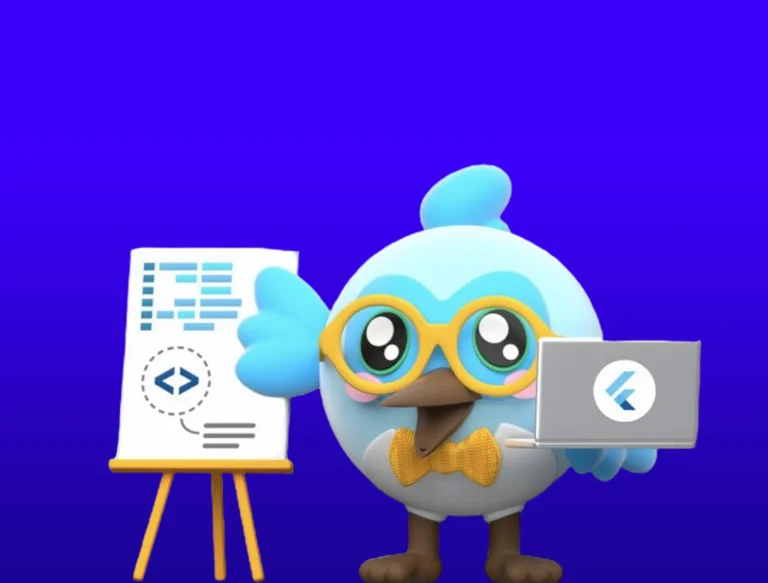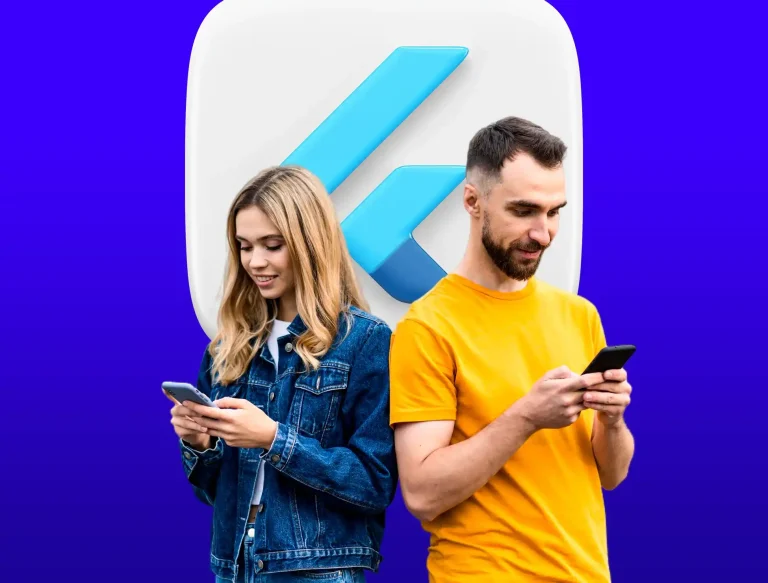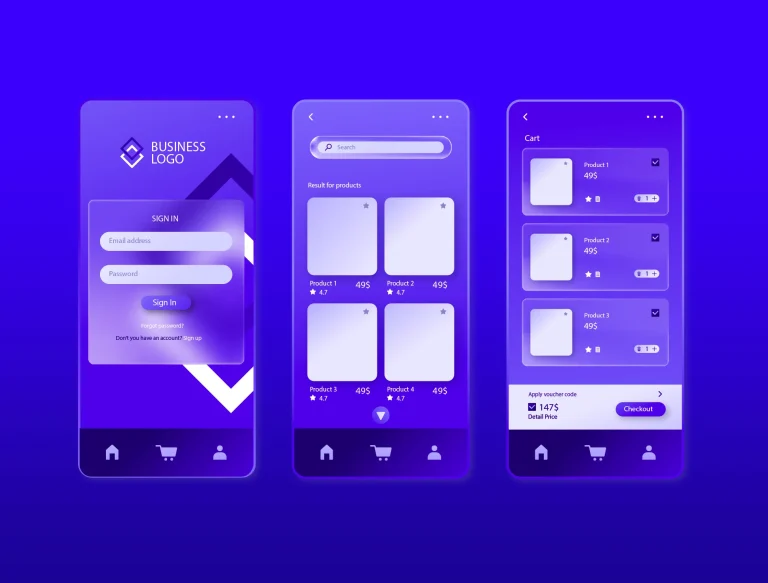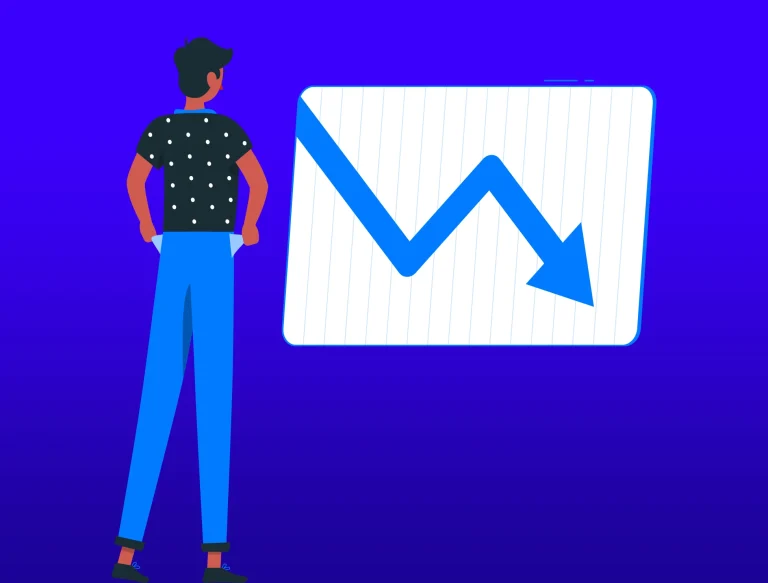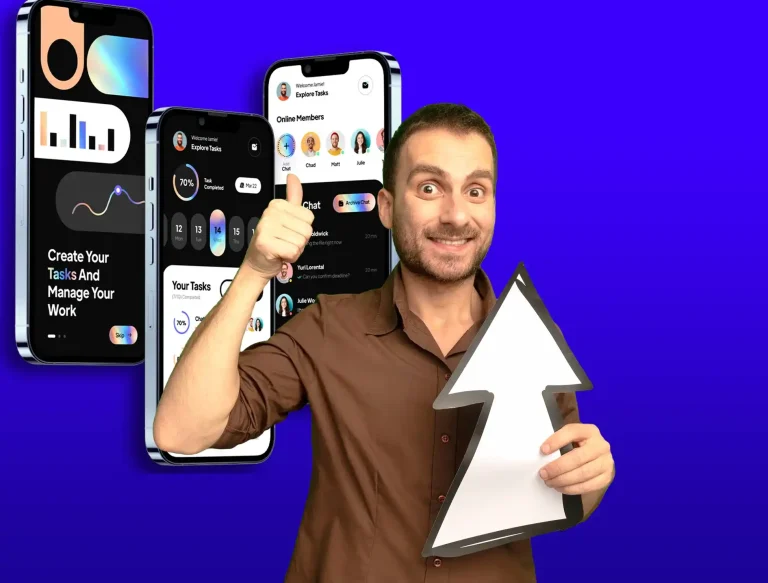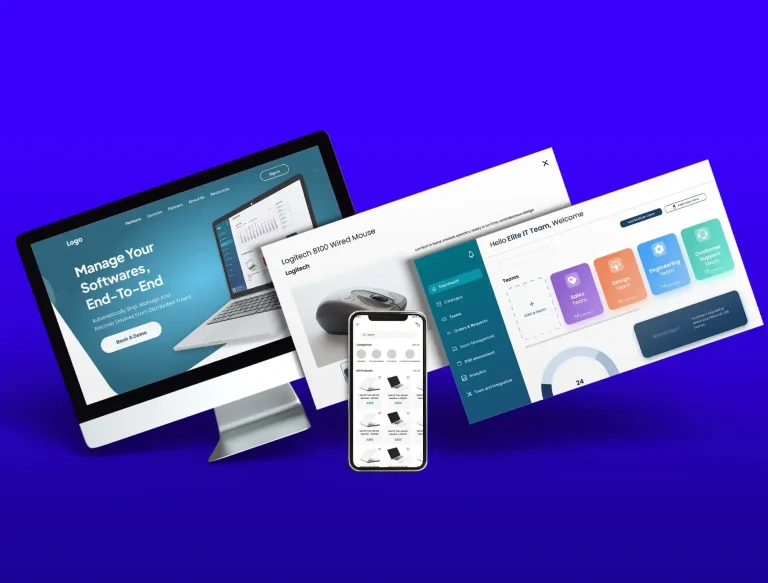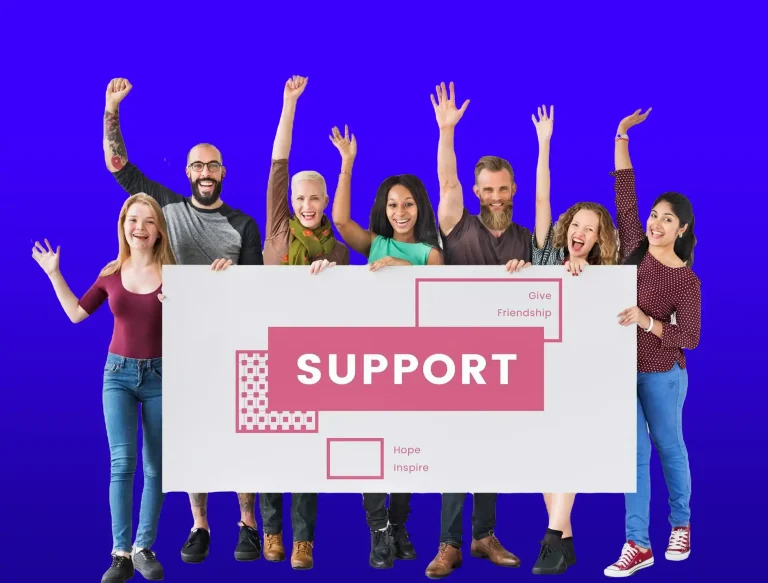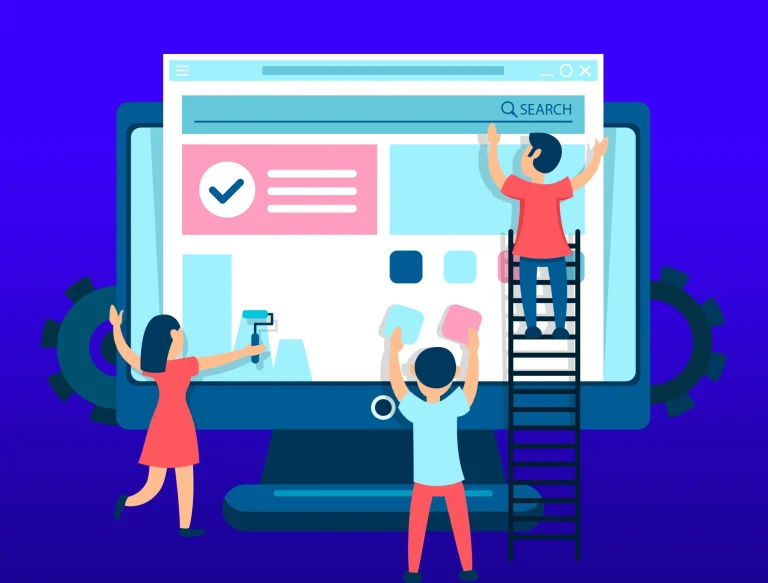The Future of Flutter is brighter than ever as Google’s flagship framework for cross-platform app development continues to set new industry standards. Since its debut in 2017, Flutter has quickly become the go-to solution for creating beautiful, natively compiled apps across mobile, web, and desktop platforms. For any IT service provider focused on high-quality user experiences, Flutter’s adaptability and Google’s dedication to continuous improvement make it a clear choice for sustainable development.
With the recent release of Flutter 3.0, Google has enhanced the framework’s performance, stability, and introduced powerful new features that push the boundaries of what’s possible in app design. This update solidifies Flutter’s role in the evolving landscape of mobile app development services, providing developers with the tools to create optimized, future-ready apps. In this blog, we’ll delve into ten specific reasons why the future of flutter shines so brightly and why it’s worth considering for your next big project. Ready to dive in?



